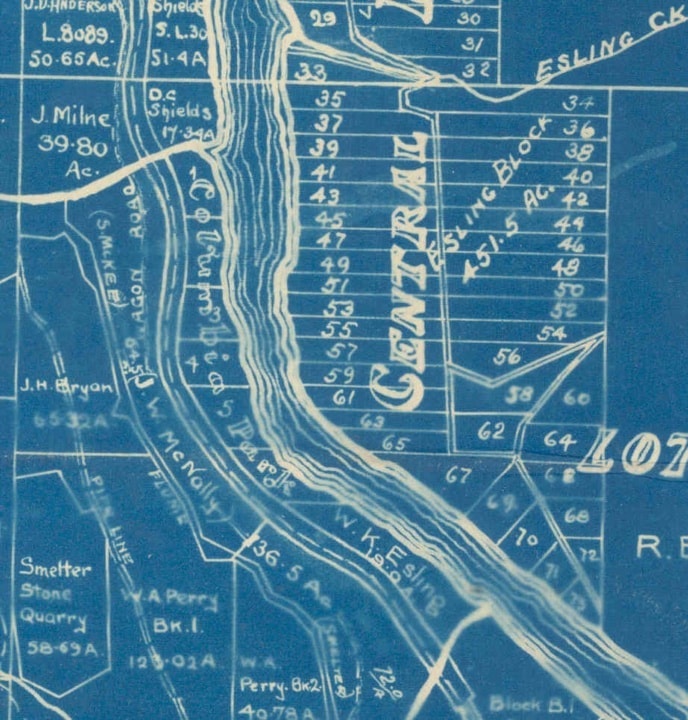Thirty-eighth in a weekly series on West Kootenay/Boundary place names
The Columbia River was named for Capt. Robert Gray’s 18th century ship the Columbia Rediviva, the first American boat to circumnavigate the world.
The river in turn begat several local place names, including Columbia, a short-lived incorporated city discussed in this space last week, and Columbia City which was not a real city, though it was a surveyed townsite roughly where the Castlegar sewage lagoons and Waldie Island Trail are now.
The earliest reference in the Victoria Daily Colonist of March 29, 1892 said: “The new town of Columbia, formerly known as Sproat’s Landing ... will be subdivided at an early date.” (We’ll discuss Sproat’s Landing in a later installment.)
On April 30, Henry B. Smith laid out the 102-acre townsite west of Pass Creek on behalf of the Victoria-based Columbia Townsite Improvement Co.
The Nelson Miner of July 16 joked that Columbia City’s flood-prone lots were better suited to fishing than building, but an annoyed Smith responded: “I beg to state without qualification that the paragraph is entirely at variance with the truth.”
Nothing much became of the townsite, though it appeared on maps as late as 1897. It should not be confused with Arrowhead, which was also briefly known as Columbia City.
 Columbia Gardens
Columbia Gardens
The area south of Trail now home to an airport, industrial park, and winery was originally called Sayward, which we’ll address separately in this series.
The Sayward townsite was only a small portion of what J.D. Anderson surveyed in May 1907 as Columbia Gardens — a name reportedly chosen to demonstrate that smelter smoke would not damage fruit trees.
The earliest reference is in the Phoenix Pioneer of December 2, 1905: “Smith Curtis ... is handling fruit lands at Columbia Gardens, on the Columbia river, between Sayward and Trail.”
The Columbia Gardens post office operated from April 1, 1908 to July 31, 1950.
But the Nelson Daily News of January 20, 1913 said it took until that month for the Great Northern Railway to change its station name from Sayward to Coumbia Gardens: “Many annoying disappointments will be avoided now, for in the past much of the mail has gone to Sayward, near Victoria.”
Columbia Park
This was an old name for the Trail suburb of Rivervale, judging from a 1909 map which shows it in the same location.
The Nelson Daily News of November 9, 1910 wrote: “Wolverton and Co. have just sold to Ontario parties six 10-acre plots in Columbia Park, situated on the Columbia River this side of Trail.”
Wolverton and Co. were also agents for Slocan Park and evidently fond of that naming scheme. A school operated at Columbia Park between 1911-17 and 1921-22, with a peak enrollment of 19. One teacher, Anne Grierson, later wrote High Day and Holidays in Canada: A Collection of Holiday Facts for Canadian Schools (1938) with Annie Garland Foster.
Following the school’s closure, the name Columbia Park was consigned to oblivion. The Rivervale subdivision was developed beginning in 1954.
Previous installments in this series
Applegrove, Appleby, and Appledale revisited
Bakers, Birds, and Bosun Landing
Bannock City, Basin City, and Bear Lake City
Boswell, Bosworth, Boulder Mill, and Broadwater
Brooklyn, Brouse, and Burnt Flat
Camborne, Cariboo City, and Carrolls Landing
Carmi, Cedar Point, Circle City, and Clark’s Camp
Carson, Carstens, and Cascade City
Christina City and Christian Valley
